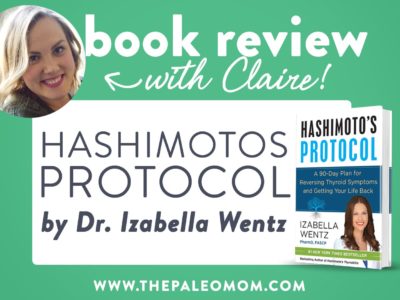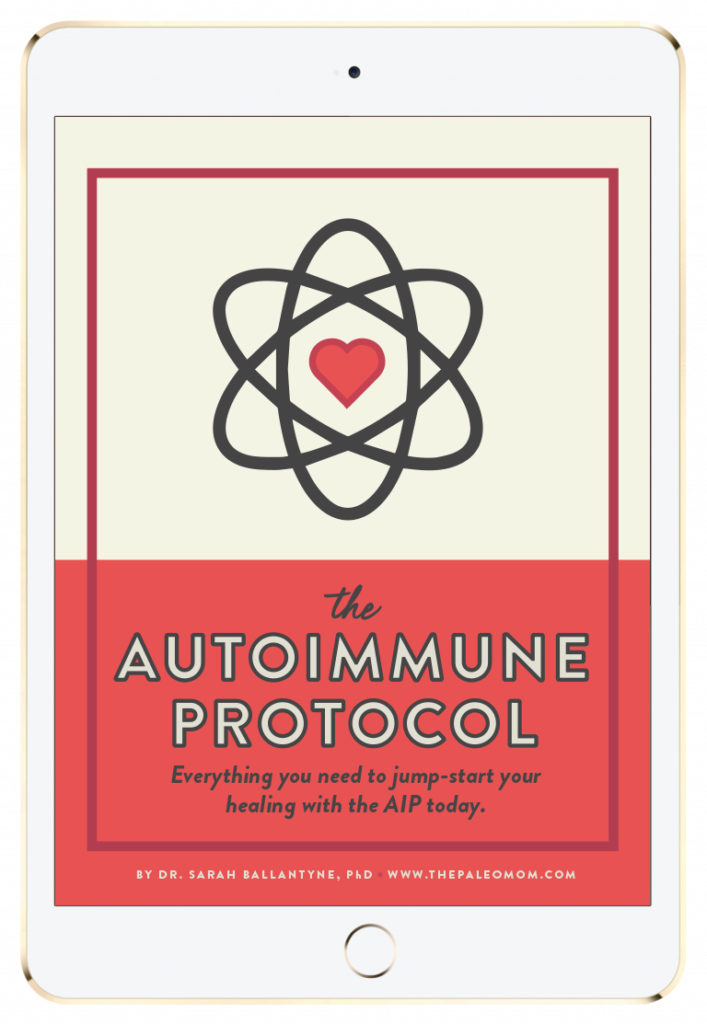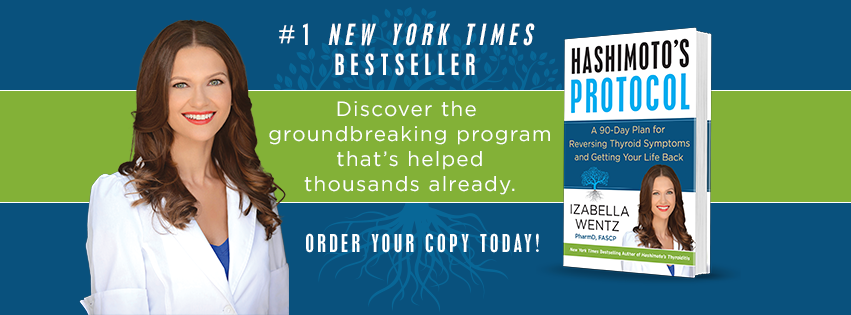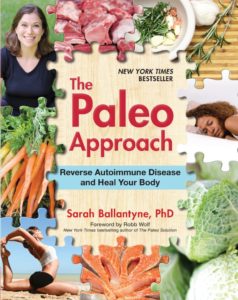It took me a year-and-a-half of mysterious thyroid symptoms to get a diagnosis of Hashimoto’s. I still consider myself lucky—according to Dr. Izabella Wentz’s Hashimoto’s Protocol, somewhere between 14 and 38% of the world’s population deals with this disease, and many more likely go undiagnosed.
Hashi’s has some frustrating side effects, like weight gain and fatigue and my, like, literal inability to be anywhere hot for longer than 5 minutes.
I also find it frustrating that my friends are suffering too, yet are told that their lab numbers are “the low end of normal” or “in range” when their thyroids are functionally tapped out.
I know this topic simply isn’t adequately addressed in conventional medicine, but that’s a soap box for another day.
If I hadn’t started drowning myself in Paleo podcasts a couple years ago (admit it, you’ve been there) I’m not sure I even would have known to look into my thyroid health. I definitely wouldn’t have found a doctor willing to run a full thyroid panel, or worked on healing my immune system through diet.
My own willingness to explore alternative therapies, stick with a diet that works for me, track my symptoms and generally work as my own annoying health advocate have been a major part of my healing. If I took my diagnosis and some prescription meds and continued to eat and (not) sleep the way I did in college, I would still feel like garbage.
This, I think, is the ultimate value in Hashimoto’s Protocol: A 90-Day Plan for Reversing Thyroid Symptoms and Getting Your Life Back: it makes the highly technical, clinical world of a Hashimoto’s diagnosis into something patients can tackle on their own.
 *(Let me just add here that I don’t think Hashimoto’s patients should do any of this without a Dr.’s supervision, and neither does Dr. Wentz)
*(Let me just add here that I don’t think Hashimoto’s patients should do any of this without a Dr.’s supervision, and neither does Dr. Wentz)
Dr. Wentz’s Root Cause Approach is an extension of Functional Medicine. Instead of focusing on symptoms, it looks at the underlying factors causing an immune reaction and the other systems of the body that interact with your thyroid.
Dr. Wentz developed her healing protocols after fans of her first book, Hashimoto’s Thyroiditis: Lifestyle Interventions for Finding and Treating the Root Cause, asked for a more practical approach.
I can see how this type of book—the type that walks you through your symptoms and gives you steps to improve—is far more desirable. And I appreciate that it’s about so much more than food (though an autoimmune-friendly diet does form a component of her treatment plan).
For example, each phase of her 90-Day Recovery Plan is designed to help you tackle a specific area that may be adding insult to the injury of your Hashi’s diagnosis.
Save 70% Off the AIP Lecture Series!
Learn everything you need to know about the Autoimmune Protocol to regain your health!
I am loving this AIP course and all the information I am receiving. The amount of work you have put into this is amazing and greatly, GREATLY, appreciated. Thank you so much. Taking this course gives me the knowledge I need to understand why my body is doing what it is doing and reinforces my determination to continue along this dietary path to heal it. Invaluable!
Carmen Maier
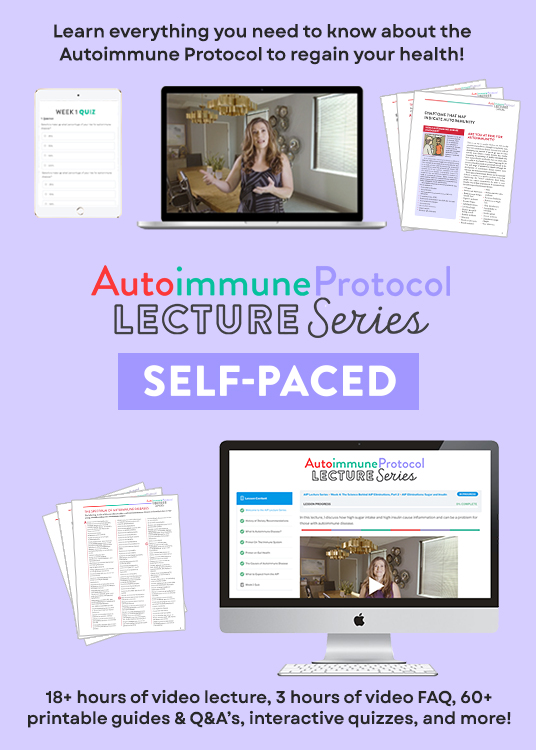
The Liver Support Protocol, Adrenal Balance Recovery Protocol and Gut Balance Protocol combine diet and lifestyle choices with some strategic supplementation to get you back on track. After that initial 90 days, Advanced Protocols are designed to help you tinker even further—addressing hormone levels, nutrition, stress, infections, and toxins.
This approach works for the reader because it encourages you to take what you need and leave what doesn’t work. It’s empowering to feel like you’re tackling your symptoms in a way that makes sense, and doing so with this kind of guide (complete with symptom checklists and tangible ways to measure success) should work for any personality type.
These protocols are laid out in a simple format that allows you to skip around to relevant information, something I love to see in more technical books. Dr. Wentz’s tone is approachable, and the whole book is littered with personal stories from her own experience with Hashi’s.
The result reads less like a science textbook and more like a simple, digestible plan for feeling better. Which is, I think, mostly the point.
An Autoimmune diagnosis like Hashi’s can be incredibly isolating. My hope is that this insightful book lands in more hands.

